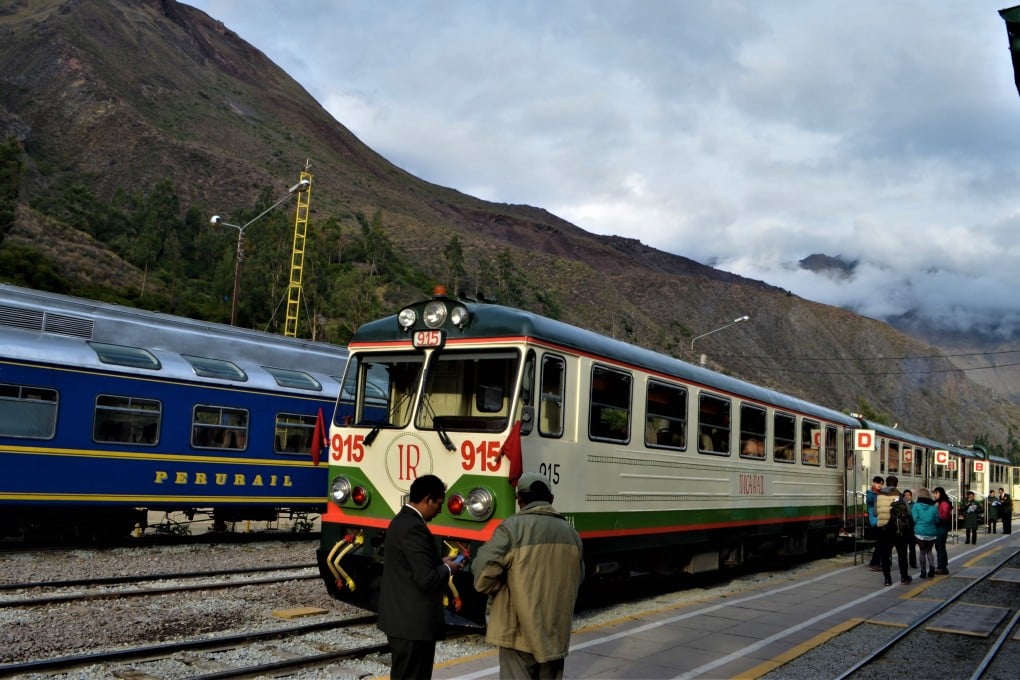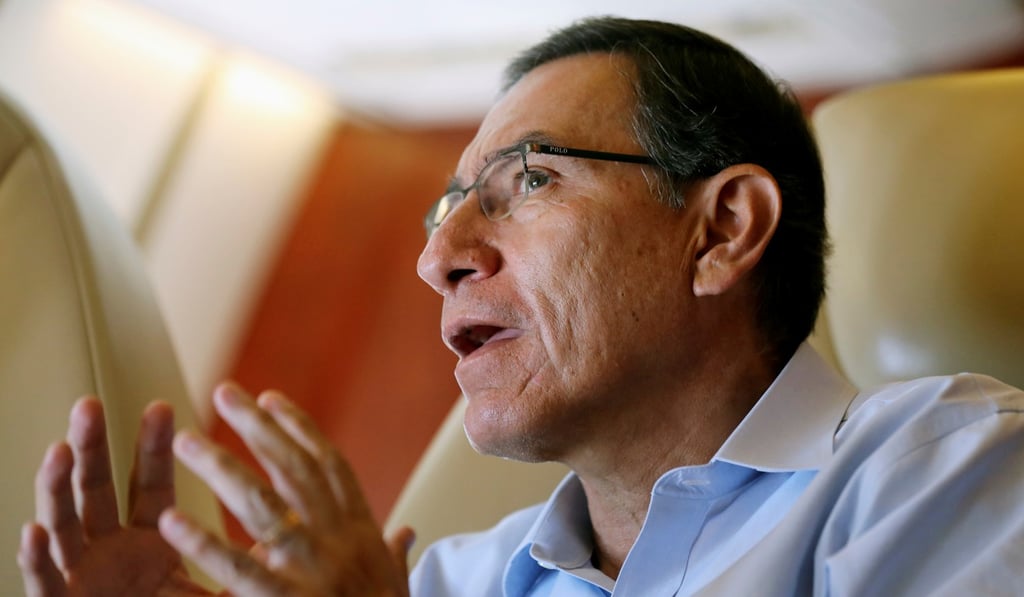China-led rail project in South America may be back on, Peruvian president says
- Beijing presented a plan to link Brazil’s Atlantic coast with Peru’s Pacific coast several years ago but the idea was shelved over cost concerns
- But Martin Vizcarra says China might be the perfect fit for a three-way partnership

Peruvian President Martin Vizcarra said on Friday that China could partner with Bolivia and Peru on a massive intercontinental railway project that Lima once dismissed as too costly when pitched by Beijing more than two years ago.
In an interview on the presidential plane, Vizcarra said China might still be a natural fit as a partner to help finance and build the project, because it would likely buy the goods the railway would deliver to a port on Peru’s southern Pacific coast.
“Between the two of us [Peru and Bolivia] we need a third partner to help turn it into reality,” he said.
Asked if China could be that partner, he said: “Yes, of course, because we need a partner that benefits from the project … Is it the only one? No.”

China first proposed a railway to link Brazil’s Atlantic coast with Peru’s Pacific coast several years ago to help it reduce costs of importing commodities from resource-rich South America.
But in 2016 Peru balked at the US$60 billion price tag China estimated to build it, including US$35 billion for the Peru leg. Since then, landlocked Bolivia has taken the lead on reviving talks on alternate routes that would pass through its territory, which would help reduce its reliance on historic foe Chile to ship its exports.